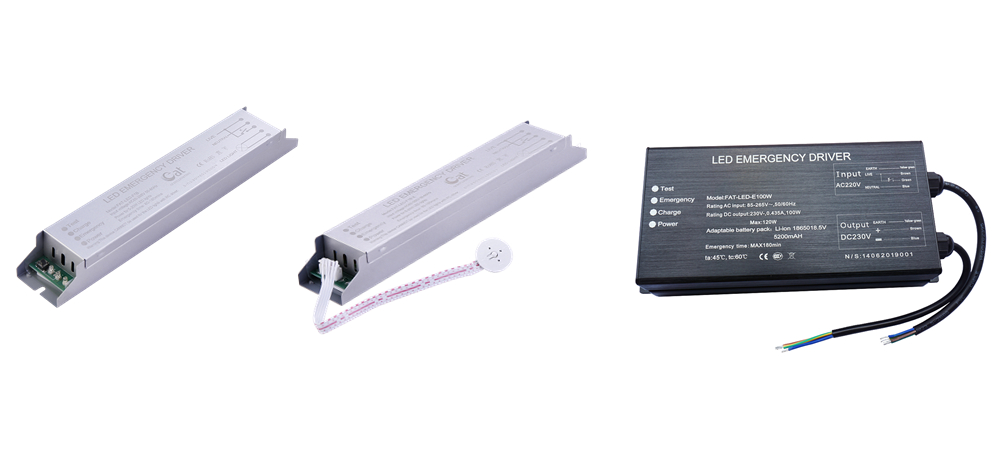The steel market has been experiencing a sharp decline, with traders hesitant to take on inventory due to the ongoing downturn. Mr. Ruan, a senior executive at a Beijing-based steel trading firm, shared that rebar prices in the capital have dropped for four consecutive months since early February, and no one is willing to speculate on when the bottom might come.
In the past week, the Shanghai Steel Exchange’s rebar prices hit a nine-month low, while the HSBC China Manufacturing PMI fell below 50 in May, signaling a worsening trend. According to data from the China Iron and Steel Association, crude steel output reached record highs, further intensifying market pressure. Analysts believe that this round of price declines is being driven by multiple negative factors, and the downward trend shows no sign of stabilizing.
Despite the second quarter typically being a peak season for steel demand, the market has failed to see any significant increase. Mr. Li, a purchasing manager at a real estate company, noted that domestic economic conditions remain weak, and real estate regulations have not eased. The PMI reading below 50 has further eroded confidence, with many buyers only purchasing on an as-needed basis rather than stockpiling.
Major steel mills have recently cut their ex-factory prices in June. For example, Jiangsu Shagang Group's rebar prices have fallen nearly 12% since March. Wu Jingyi, director of the first coal-based steel and iron industry chain research department, pointed out that steel consumption fundamentals are not promising. Recent policy reforms aim to support economic growth, but the medium-term outlook remains sluggish, with continued weak PPI inflation and weak supply-demand dynamics.
Although real estate investment rose sharply in the first four months of the year, the area of newly started commercial housing has declined significantly compared to the same period last year. As summer approaches, rainy weather in the south and heat in the north will likely dampen construction activity, further pressuring steel demand.
At the same time, steel production has surged, creating a massive oversupply. Data from the China Steel Association showed that daily crude steel output hit a record high in May, reaching 2.22 million tons. From January to April, national crude steel production totaled 258.125 million tons, up 8.4% year-on-year. This means annual production could reach 780 million tons.
Zhang Chao, a source at Baotou Iron and Steel Group, revealed that most steel companies are currently operating at a loss. However, they continue to produce because shutting down would lead to even greater losses. As a result, steel prices have continued to fall while output has increased, leading to rising inventory levels.
Beijing and Tianjin steel companies report heavy inventory pressure, with products piling up. April data showed that key steel companies' inventories rose to 13.7942 million tons, up over 10%. Meanwhile, social inventories of five major steel types reached 18.6146 million tons as of May 24, the highest on record.
Iron ore, which usually supports steel prices during downturns, has failed to provide relief this time. With low inventory strategies in place, steel mills are buying only small amounts of raw materials. Global agencies have lowered their iron ore price forecasts, and prices have already dropped significantly. Standard Chartered recently reduced its 2013 iron ore price forecast to $128 per ton, and some analysts predict further declines of up to $30 per ton.
While lower iron ore prices benefit steel companies, they also push steel prices downward. After this round of declines, the market is closely watching for stabilization. Wu Jingyi noted that the drop last week was just a sign of the accelerating trend.
With high production and inventory levels, merchants are lowering prices aggressively, but demand remains weak. Buyers are adopting a "buy up, not buy down" strategy, only purchasing what they need. On the upstream side, iron ore prices are also falling quickly, removing cost support and causing the entire steel supply chain to face downward pressure.
The steel industry is in a tough spot, with five consecutive quarters of losses. High output and inventory levels are unlikely to improve in the near term. Therefore, any recovery in steel prices is expected to occur no earlier than the third quarter.
Han Jing of Greene Analytics believes that the main driver of the price decline is the weak macroeconomic fundamentals. She stated that the imbalance between production and demand, along with declining market confidence due to slower economic growth and tighter real estate policies, has led to sustained price pressure. Without new stimulus measures or improved economic data, steel prices are expected to remain low.
Some steel mills have begun to realize the bleak market outlook. A senior executive at a large steel company in Shandong told reporters that they are now focusing on protecting the value of their products to avoid future price risks.
The LED emergency driver allow LED fixtures to be used as emergency lighting units . The emergency led driver range to cover a variety of LED fixtures under internal driver . It's used for both normal and emergency operation , switches to the emergency mode after blackout which including a battery , charger and converter circuit in a single shell .

T8 Light Emergency Inverter,LED Emergency Tube Battery,Emergency Battery Pack for Led Tube
Jiangmen City Pengjiang District Qihui Lighting Electrical Appliances Co., Ltd , https://www.qihuilights.com